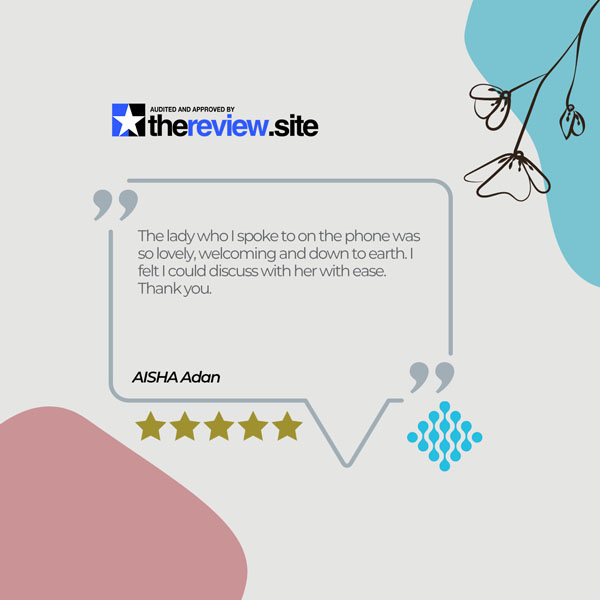Treatment designed to refine and improve many skin conditions
Tattoo Removal
Tattoo Removal explained | Different levels | Contraindications | Process | FAQs
About Tattoo Removal
Tattoos are composed of several layers of ink. A laser at the correct wavelength and energy can remove a tattoo. This can shatter the pigmentation into fragments.
Tattoos
Tattoos often have layers of ink stacked on top of each other. After these pigments are inserted they form various shaped constructions of pigmentation molecules which become too large to pass through the skin as it regenerates. This is how they stay trapped within the skin for so many years.
Some tattoos are formed when an injury has occurred, and these are referred to as traumatic tattoos. These occur when a foreign body become forcibly embedded in the skin and leave a permanent mark or tattoo.These could some from sources such as include fireworks, sand, metal, glass, gunpowder, grit, asphalt or dust to name a few.
Before
After







Pricing
Small (1-3cm2)
Tattoo Removal- FREE telephone consultation
- Nurse consultation
- In depth assessment
Medium (4-8cm2)
Tattoo Removal- FREE telephone consultation
- Nurse consultation
- In depth assessment
Large (9-15cm2)
Tattoo Removal- FREE telephone consultation
- Nurse consultation
- In depth assessment
- 3 treatments within prescribed period
Tattoo Removal
There are a variety of reasons that people want tattoos removing. Sometimes patients wish to remove the image, in other instances, the aim is to reduce the pigmentation in order to have a replacement image overlain. Whatever the reason the use of a laser allows for relatively precise targeting of the area requested.
When a tattoo is to be removed by laser, the energy is applied to the ink via the skin surface. This is delivered at very high energy, and shatters the pigmentation into fragments with the aim of preserving the skin surface.
The body’s own natural waste removing processes then take over and dispose of the fragments via the lymphatic ) immune system. In essence, the laser doesn’t remove the ink, your body does.
This causes the tattoo to fade over time and multiple treatments.
The most effective and commonly used laser is an Nd:YAG Q switched laser. Specialist Frequency doubled Nd:YAG lasers also have the ability to change their wavelength to enable them to absorb different colours of pigmentation
All patients are required to complete questionnaires prior to treatment/ consultation. A consultation will be conducted on the first meeting with your practitioner and if appropriate a treatment may be performed in most cases on the day.
Occasionally a patch test may be required. This is when a small amount of the energy proposed is tested at 3 different energy levels to ascertain the safest for your skin type and tone. This is usually done 24-48 hours prior to the main procedure appointment
If the tattoo is large a topical anaesthetic cream may be applied, which reduces some of the sensation in most cases. Most Nd:YAG lasers have a little puff of air that blows to cool the skin as it fires, or during the treatment.
The sensation can be compared to a “flick” with a rubber band with some heat as the shot is fired, but treatment is well tolerated well by most clients. The treatment area may be slightly tender for a day or two bruising and swelling is a normal healing response
Directly after the treatment, an antiseptic cream may be applied and occasionally a waterproof dressing may be applied. You may be given some moisturising cream to apply regularly at home for the next few days
The area must be kept dry for as long as possible, and bathing using a shower rather than a bath is preferable during the recovery time.
Swelling, pin point bleeding and bruising ( purple or red) are a normal response following the treatment
There are very few reasons that a patient is unsuitable for a peel. A few of these are listed below.
All patients are required to complete some simple health Questions and a skin health analysis to enable the practitioner to select the best course of treatment.
Contraindications
- Pregnancy
- Breastfeeding
- Active skin infections or conditions in the treatment area
- Immune system disorders or compromised immune system
- History of keloid or hypertrophic scarring
- Uncontrolled diabetes
- Use of anticoagulant medications or blood-thinning medications
- History of seizures or epilepsy
- History of skin cancer or suspicious lesions in the treatment area
- Recent use of isotretinoin (Accutane)
- Use of photosensitizing medications
- Sunburn or significant sun exposure in the treatment area
- Recent or ongoing use of self-tanning products or tanning beds in the treatment area

How our services works?
At The Women’s Health Clinic, we firmly believe in putting you, our patient, at the heart of any decision-making. Our practitioners will closely work with you and discuss your symptoms, medical history and treatment plan. It all begins with a free telephone consultation for 20 minutes with one of our specialist nurse advisors. They will talk you through what we do, our processes and how we work. Before you make any commitment, we want you to know what we can offer so you can decide if we are the best fit for you.
1 - Free telephone consultation
We provide a no obligation free telephone consultation where our nurse will discuss our service with you an answer any question.
2 - Book an Appointment
You will be booked in with our specialist nurse or doctor. You will also be sent questionnaires before your appointment so you can tell us a little more about you
3 - Initial Consultation
During your appointment, you will have an in-depth consultation on symptoms and symptom management. They will explore some treatment options for you to make a well-informed decision.
4 - Treatment
5 - Feedback
6 - Follow up
A follow up appointment will be booked to make sure you are getting on with your prescription. Any adjustments can be made.
Treatment steps
1
Consultation
Consultation with a trained professional to assess your skin, your concerns and treatment goals.
2
PREPARATION
The treatment area will be thoroughly cleansed to remove any oils or debris. Depending on the pain tolerance and the size of the tattoo, a topical numbing cream may be applied to minimize discomfort during the procedure.
3
Laser Treatment
The practitioner will use a specialized laser device designed for tattoo removal. The laser emits high-intensity light pulses that target the tattoo ink particles beneath the skin’s surface. The laser energy breaks down the ink into smaller fragments without damaging the surrounding skin.
4
AFTERCARE
After the treatment, a soothing lotion or cooling gel may be applied to the treated skin. You will be provided with instructions on post-treatment care
5
HEALING AND RECOVERY
The treatment typically involves some downtime, during which the skin will undergo a healing process.
6
follow up
Throughout the tattoo removal process, regular follow-up appointments will be scheduled to assess progress, adjust the treatment plan if necessary, and address any concerns or questions.
Do You Have Any Questions?

FAQs
Will laser remove my tattoo completely?
Total removal of the tattoo is not always possible, but in most cases greater than 85% reduction is seen. Shaded area of tattoos can generally be removed in fewer sessions as the concentration of ink is far less dense. Because of greater blood supply and lymphatic drainage, laser tattoo removal works best on the areas of the body such as the back, chest, head, neck and upper legs.
How many sessions does it take to remove a tattoo?
Tattoos have layers of ink stacked on top of each other to form the image. Such a concentration of particles means that the ink cannot be effectively broken up in a single session. Each session will produce fading and breaking up of the areas of the tattoo.
Professional tattoos may require up to 8 or more treatments to achieve a desired results, whilst amateur tattoos may require less.
How long between sessions?
Typically 4-6 weeks, as a general guide.
Are there some types of ink/tattoo that cannot be removed?
Black, dark blue and deep colours respond very well . Light green, light blue, yellow and lighter colours with little pigmentation can prove more challenging, and may require more treatments.
Can laser tattoo removal be used on permanent make up?
In theory this is possible, but the risks of the placement of the micro-pigment ( lips, eye-brow, eye lid) , results in many practitioners avoiding such a treatment due to the increased risk of eye injury or distortion of the pigmentation in the lip border.
Is tattoo removal safe on dark skin?
Laser tattoo removal works best on fair skin and dark tattoos. Darker skin types contain more of the skin’s natural pigment ( melanin) and laser treatments can sometimes cause hyper or hypo pigmentation ( darkening or lightening of the skin)
Are there any risks/side effects?
The main risk after tattoo removal is infection. Following the post procedure guideline is advised to reduce this risk. Ensuring the area is only touched when hands are clean, and reducing friction of clothing will help.
Changes in pigmentation may occur if the area is exposed to direct sunlight. Sun avoidance and sunscreen are advised.
The skin may blister, but whilst this is relatively uncommon, it does occasionally happen. The area may form a scab and care must be taken not to pick or dislodge this to reduce the risk if scarring.
Silvery Blue Brand
What makes us unique?
Silvery Blue aims to reshape the healthcare and aesthetic industry with innovative ideas & technologies while preserving the essence of natural health and well being of human being. Our strategy is to empower medical and aesthetic professionals around the globe with a holistic approach to treatment and care. We provide a complete one stop solution from training, treatment, equipment supply, product delivery to quality control and compliance; all under one umbrella – “Silvery Blue”.

